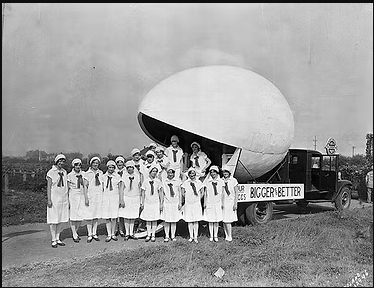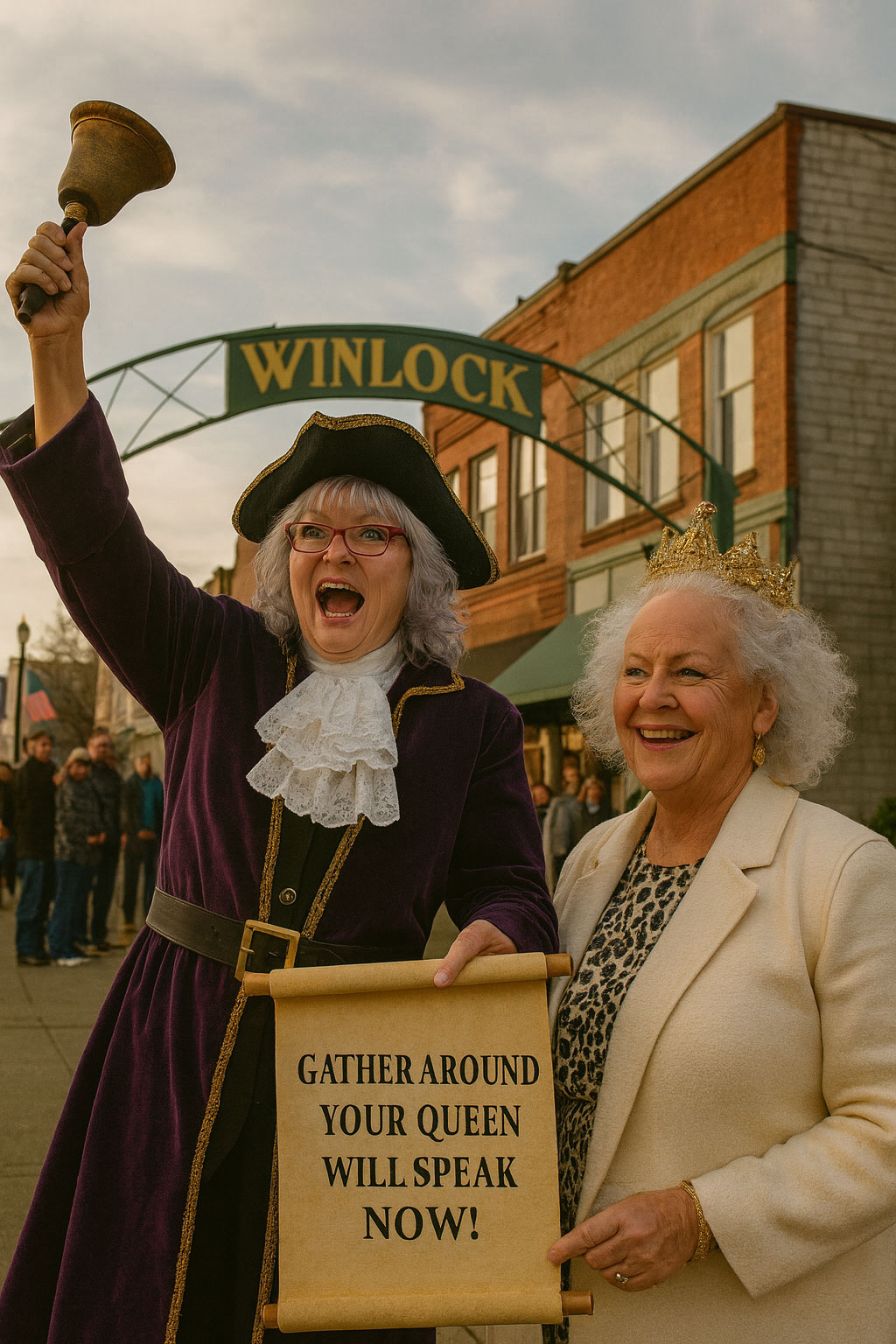

Yes, Winlock Egg Days is a heritage event that celebrates the town’s historic role in the egg and poultry industry, dating back to its inception in 1921.
Historical Background
The festival started on August 13, 1921, to celebrate the completion of a road between Winlock and Cowlitz Corner. At that time, Winlock had become widely recognized for its poultry production, and the initial celebration was called “Winlock Poultry and Egg Day”. About 1,000 people attended the first event, which was organized by Otis Roundtree
. Following the success of the celebration, it was decided to make it an annual tradition, establishing the foundation for the Egg Days festival
Summary
Winlock Egg Days is widely recognized as a heritage event, because it preserves and celebrates the town’s poultry and egg history, running continuously since 1921. Attending the festival offers a glimpse into Winlock’s historic economic and cultural roots while providing family-friendly entertainment and maintaining a living connection to the community’s heritage
Winlock Egg Days is a prime example…Monetary gain is one reason people create counterfeit heritage—but political power, personal fame is could be whats behind
Victoria Marincin is running for for Mayor of Winlock
The phenomenon of a city “lying” about its heritage involves the manipulation, selective presentation, or commodification of historical and cultural narratives to serve political, economic, or social agendas.
It is not simply the omission of facts
but often an active construction of an imagined or idealized past that aligns with contemporary priorities. Based on diverse sources, we can unpack the issue through several interconnected dimensions:
Heritage is inherently political and socially contested.
Powerful actors—such as municipal governments, corporations, or elite groups—may define what counts as heritage, often marginalizing local communities or minority histories
Cities may claim certain monuments, districts, or cultural practices as emblematic of a carefully curated identity, while ignoring or erasing contentious, inconvenient, or unpleasant aspects of history.
A city may manipulate heritage in several ways:
Artificially constructed or exaggerated heritage carries tangible social impacts
Scholarship and civic initiatives emphasize participatory heritage approaches:
When a city misrepresents its heritage, as this one does by claiming to have “The World’s Largest Egg” without correcting the error and embracing the potential success of developments like the New Winlock Industrial Park at exit 63, just three miles from its center, it risks losing out every time.
Instead the city falls backwards in society and engages in selective storytelling that elevates certain histories while marginalizing others—often to legitimize economic, political, or cultural agendas.
This not only distorts the collective memory but can exacerbate social inequities, undermine community identity, and complicate urban sustainability goals. Addressing this requires inclusive, transparent, and critically informed heritage governance that acknowledges complexity, embraces multiple voices, and resists the temptation to market or mythologize the past.
the overarching insight is that heritage is not merely a static collection of buildings, monuments, or artifacts—it is a socially negotiated narrative, and misrepresentation of it has profound ethical, cultural, and urban ramifications.
 On August 13, 1921 a road between Winlock and Cowlitz Corner was completed. There was a big celebration commemorating the event, and since Winlock was becoming quite a famous poultry center, they decided to call the celebration “Winlock Poultry and Egg Day.” There were about 1,000 people present at the celebration. Otis Roundtree was the General Chairman for the event. After the celebration, it was decided to make this an annual event, which was done.
On August 13, 1921 a road between Winlock and Cowlitz Corner was completed. There was a big celebration commemorating the event, and since Winlock was becoming quite a famous poultry center, they decided to call the celebration “Winlock Poultry and Egg Day.” There were about 1,000 people present at the celebration. Otis Roundtree was the General Chairman for the event. After the celebration, it was decided to make this an annual event, which was done.
(A History of Winlock, Washington, written by C. C. Wall, 1952)
As you can see by the above chart this city is living on borrowed time financially. Based on information from the official Winlock Egg Days website and related sources, there isn’t specific public data on how much revenue Winlock City or the festival organizers generate during the Egg Day Parade or the festival as a whole. The city has only received money from event permits.
That is calculated as follows:
Jobs from total submarket≈3,500,000 sq ft1,200 sq ft/job≈2917 jobs (approx.)Jobs from total submarket≈1,200 sq ft/job3,500,000 sq ft≈2917 jobs (approx.)
Lowe’s opened a state-of-the-art regional distribution center in Winlock, Washington, in late 2021. The facility spans approximately 1.2 million square feet and serves over 60 Lowe’s stores across five states. This center enhances Lowe’s supply chain capabilities for faster, more predictable deliveries in the Pacific Northwest region
The industrial park initiated by Lowe’s is expected to spur job growth beyond the distribution center itself, with new facilities planned and emphasis on manufacturing and distribution jobs
Winlock’s location near Interstate 5 provides a strategic transportation hub for distribution operations. The Lowe’s facility, alongside other major tenants, is a key initiative driving the area’s economic expansion and infrastructure improvements to support increased industrial activity and employment
“The City did not have: a process to ensure it routinely performed an adequate bank reconciliation… an adequate review process over its financial reporting…”
Benaroya Executive Says County Staff Harmed Winlock Industrial Park Plans | The Daily Chronicle
Benaroya Winlock is now I-5 Innovation Park A 15 Minute City — Winlock City
Winlock Roadway Improvements — Winlock City
Benaroya’s Winlock Development Poised to Drive Lewis County Growth
A drive down Interstate 5 just before the Winlock exit is an eye opener. A massive building is quickly rising as seen from the interstate — the largest construction building ever completed in Lewis County. The site will be a regional bulk distribution center for Lowe’s Home Improvement, serving more than 60 stores in Washington, Oregon, Idaho, Montana and Alaska. The center will provide daily shipments of large appliances and items, from refrigerators to riding lawnmowers to patio furniture. Located just adjacent to I-5, The Benaroya Company’s Winlock project is about eight months away from completing the largest industrial building — 1.2 million square feet — in Washington state for 2021.

